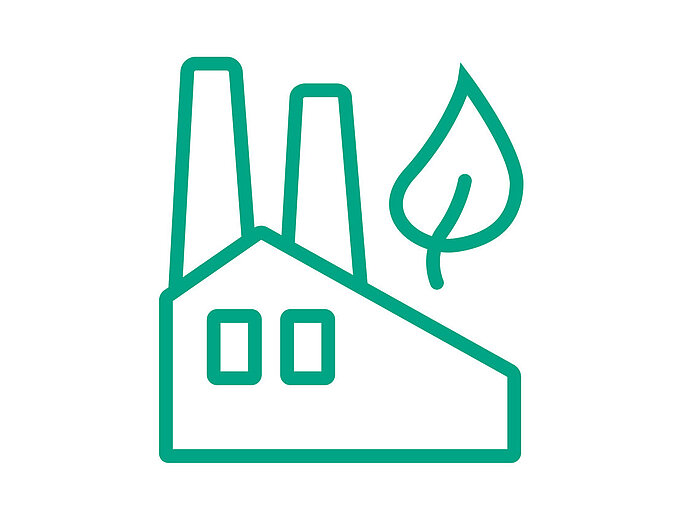
Watch the video and learn more
OEKO-TEX® with its partner Quantis, a leading sustainability consultancy, chose the Screening Life Cycle Assessment (LCA) approach to develop the tool.
A Screening LCA is easier, faster and less expensive than a full LCA – and it provides sufficient initial and credible insight into where a facility’s biggest carbon emissions and water impacts occur across its processing steps and for the types of fibres used.
Our tool methodology required a customized approach to calculate carbon emissions and water footprints addressing the specific needs and processes of textile production facilities. We applied elements from the Product LCA to measure the impacts at the material output level, and the Corporate LCA to measure the impacts at the overall facility level.
We incorporated recognized international databases and recommended standards:
Once a facility has enteredits data into the tool, the totals are allocated across the production processes and multiplied by relevant data from ecoinvent v.3.5 and the World Apparel and Footwear Database (WALDB) databases. The WALDB is internationally recognized and developed by Quantis in collaboration with many textile companies.
A Life Cycle Assessment (LCA) is a framework used to analyze the potential environmental impacts of products or services during their entire life cycle. It covers five stages: raw material extraction, manufacturing & processing, transportation, usage & retail, and waste disposal. Many LCA standards have been developed typically based on the ISO 14040 and 14044 standards.
There are different types of LCAs:
Consumers and brands alike are increasingly selecting products and companies that demonstrate climate action and commitments. In response, over 100 fashion brands have signed the Fashion Industry Charter for Climate Action, committing to reducing GHG emissions by 30% by 2030. In addition to carbon emissions, water risk is growing, and the apparel sector is underperforming in measurement and monitoring its water impacts (according to a CDP industry comparison report).